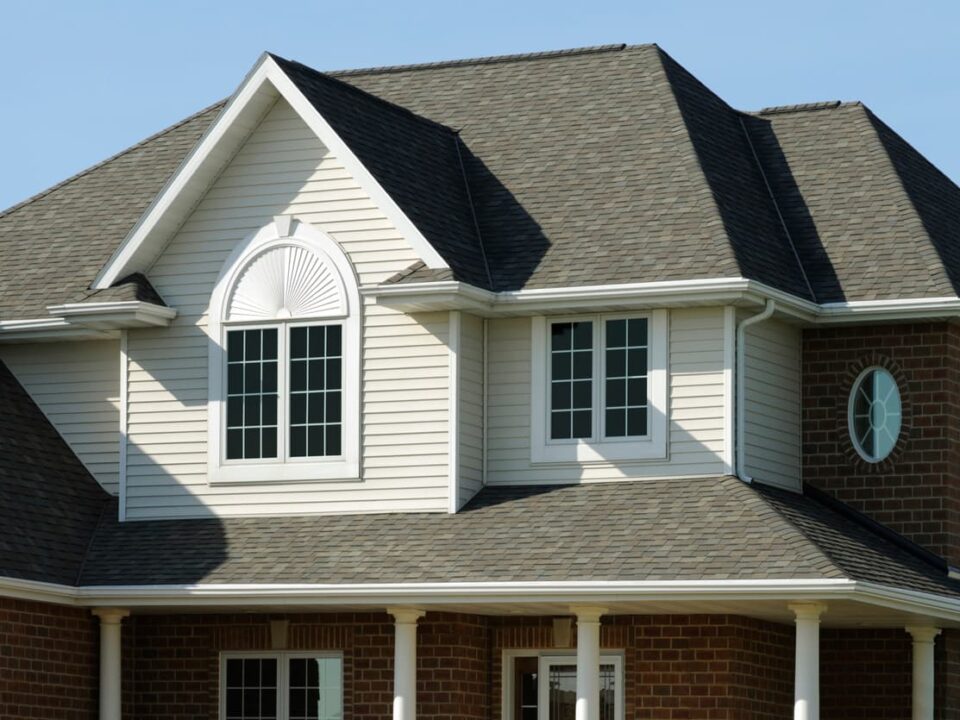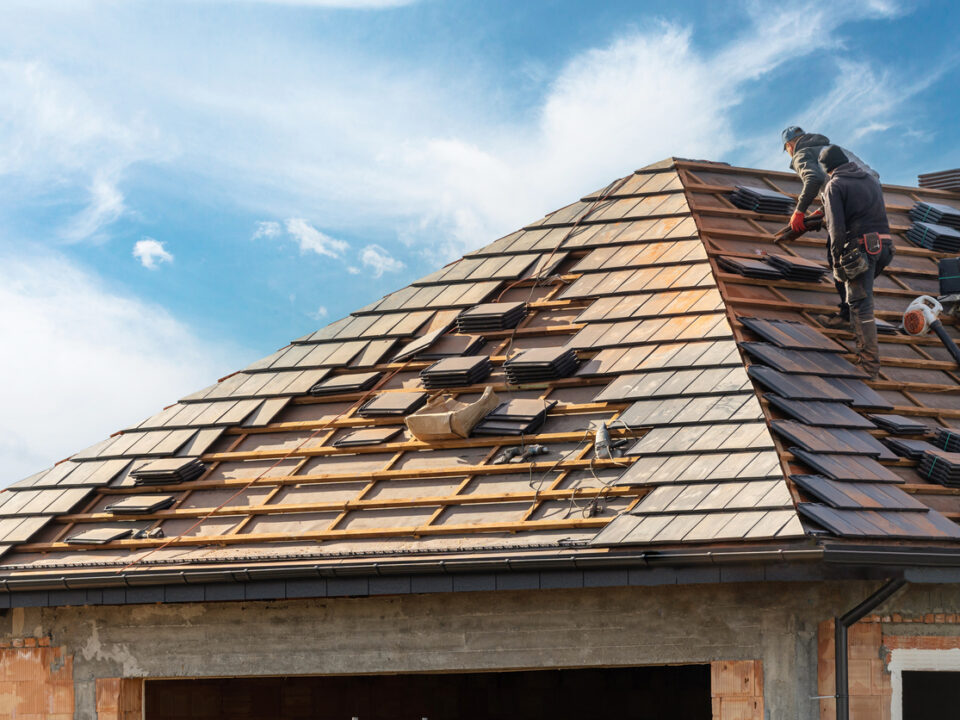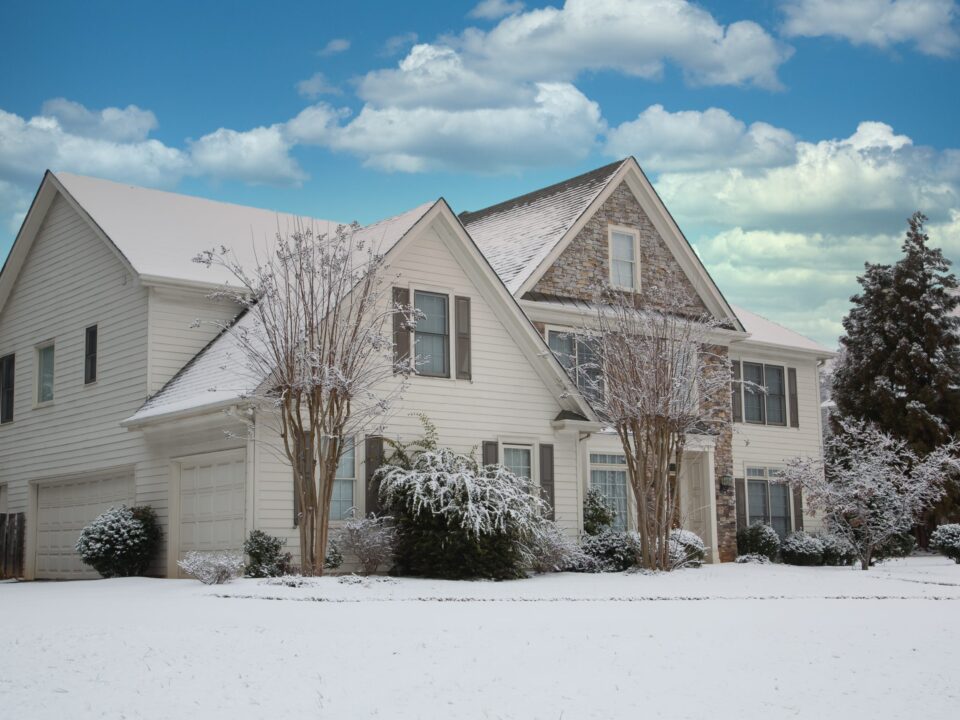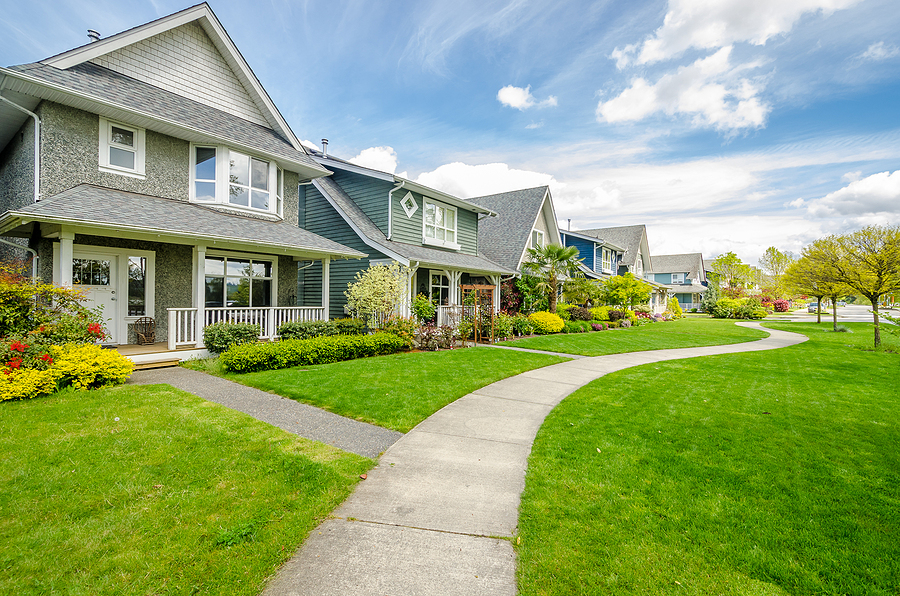
How to Prevent Roofing Installation Mistakes
February 5, 2021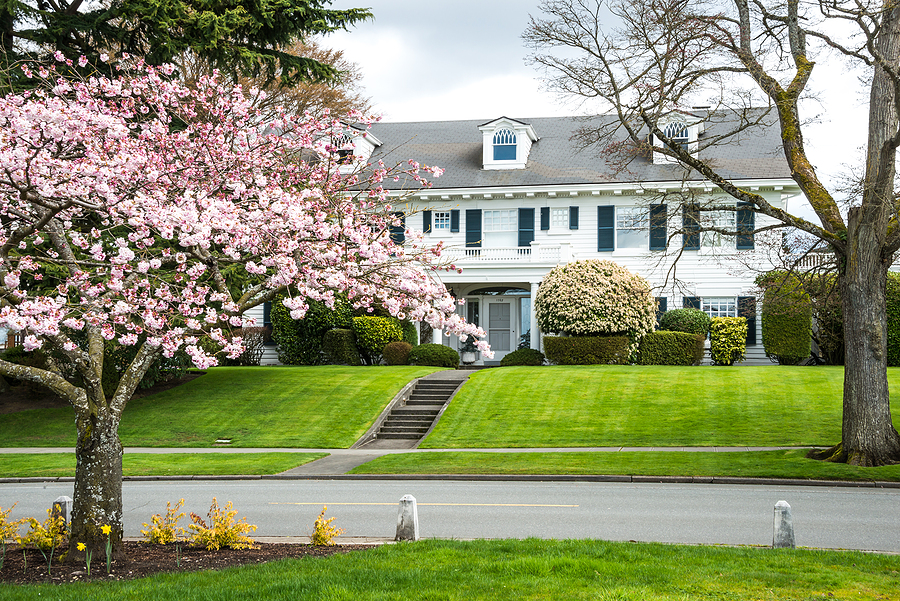
Important Things You Need to Know Before Your New Roof is Installed
February 10, 2021You may be ready for a new roof, but you may also be concerned about the cost and are looking for ways to save money on it. Avoiding roof removal and disposal can save money, so you may look into an overlay. Before you make any decisions, it’s important to understand the difference between an overlay and a tear-off as well as the advantages and disadvantages of each.
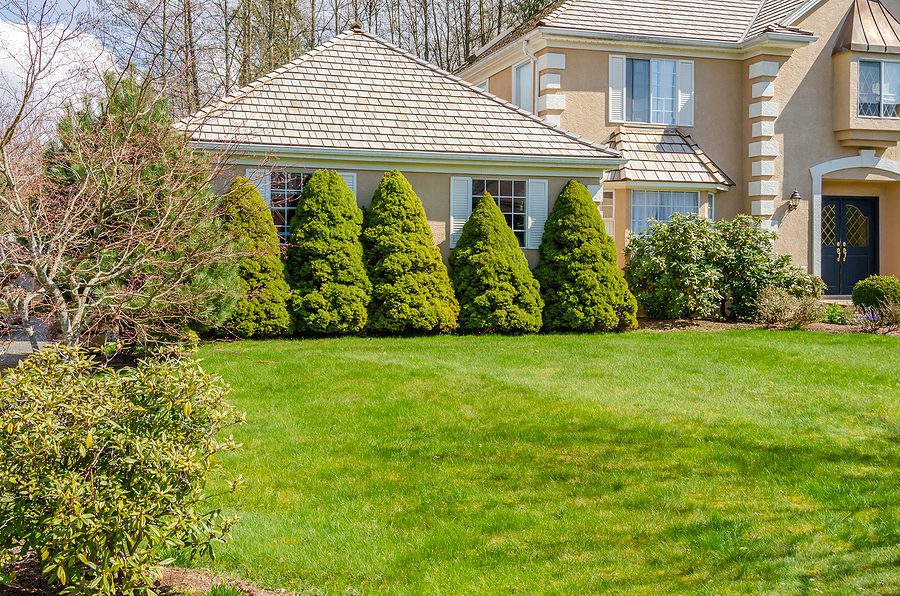
Advantages of a Tear-Off Before Installing a New Roof
A tear-off means that your old roof will be removed and disposed of before your new roof is installed. A full tear-off has many advantages. With a tear-off, every part of your roof will be replaced with new material, and the new materials you choose may be better quality than the old roof. If there was any damage or wear to the under-layer of your roof, that will be addressed and remediated. Your roofing contractor will make sure that there are no potential leaks or water issues, which they can only do after removing the old roof. A completely new roof will last much longer and can increase your property values significantly.
Disadvantages of a Tear-Off
The biggest disadvantage of a tear-off – and the reason that many homeowners hesitate in spite of all the benefits – is the cost. Removing and disposing of the old roofing materials is a big part of the total cost of a new roof. There is more labor involved, so the new roof installation will take longer and cost more.
Advantages of an Overlay
The biggest advantage of an overlay – putting a second layer of roofing shingles on top of an existing roof – is the cost. You won’t need to include the cost of disposal, and an overlay can be finished days before a tear-off because there is less labor involved. You may also enjoy the lowered risk of weather or other factors interfering with your roof replacement. You won’t need to worry about storms because your roof will be covered with shingles the whole time.
Disadvantages of an Overlay
There are many disadvantages to an overlay. First, an overlay can disguise underlying damage. If you have been dealing with any leaks or water damage, an overlay will not solve those problems and can actually make them worse. If there is a problem, it will be more difficult to fix since a roof repair will have to go through two layers of shingles and the future replacement you’ll need in a few years will actually cost more, since you will need to remove and dispose of twice the number of shingles. An overlay has a much shorter lifespan than a new roof and will often not look as nice as a full roof replacement. In fact, if you are planning on selling your home, an overlay may hurt your chances of selling. Finally, two layers of roofing shingles adds a great deal of weight. This weight could put stress on the structure of your home.
Making the Right Decision for Your New Roof
If your roof is undamaged and you are planning on a full roof replacement in the next 5 to 10 years, an overlay may not be a bad choice. But the only way to know for sure what the best choice is for your roof is to speak with an experienced roofing contractor who will take all your concerns into account. However, if there is any damage to your existing roof or signs of a leak, any reliable roofing contractor will recommend a complete tear-off before installing a new roof.
It’s natural to want to save money on big investments in home improvements and overlays can be the right choice in a few situations, but most of the time, the risk isn’t worth the savings. Most often, you are postponing the inevitable and making a more expensive replacement for yourself in the future. If you are considering a new roof, contact us for a virtual appointment today! Armorvue Home Exteriors has been serving this community for decades as a trusted leader in roof replacements. Our roofing experts can guide you through the process.
Subscribe to ARMORVUE Home Exteriors’s Blog
Get ARMORVUE Window & Door’s latest articles straight to your inbox. Enter your name and email address below.


